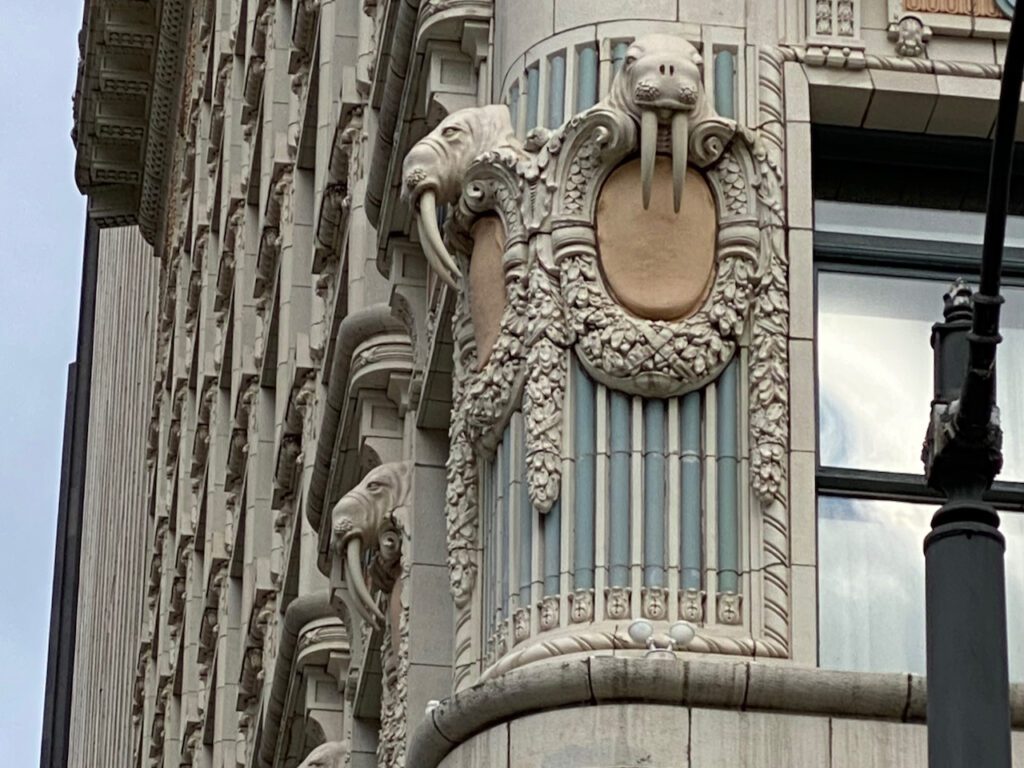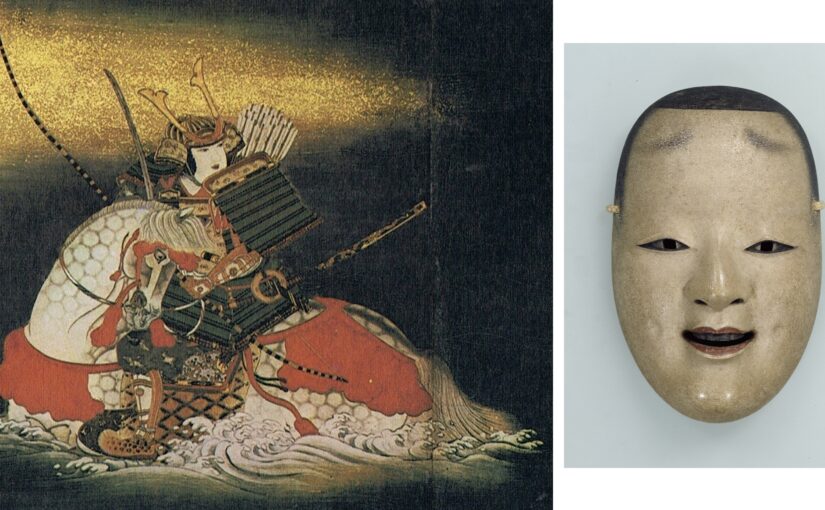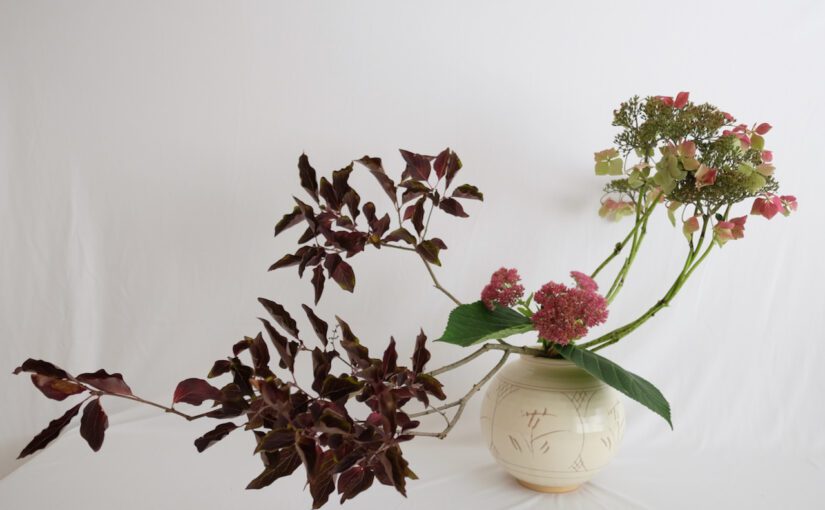Another ghost story from Noh plays
When a Buddhist monk from Kiso came across a field near Lake Biwa, he saw a woman crying in front of a little shrine.
When asked why she was crying, the woman told the monk that a famous samurai warrior Yoshinaka, also from Kiso, was enshrined there. The woman asked the monk to pray for the spirit of Yoshinaka, and left.
That night, when the monk was praying for Yoshinaka, a woman warrior in a fighting attire appeared.
“I’m Tomoe. Yoshinaka’s lover as well as his vassal. Here Yoshinaka died on a battlefield. I was ready to die with him as his lover, but couldn’t.”
“Yoshinaka was deeply wounded. No hope to survive this battle. Rather than enduring the shame of being caught by the enemy, it was time to end our lives ourselves, an ultimate way to preserve our honor as samurai warriors. I was ready to die together with Yoshinaka.”
“But Yoshinaka wouldn’t permit me to die here. He ordered me to leave him behind and return to our homeland Kiso. If I refuse his order, Yoshinaka would deny me as his vassal for as long as the next three generations. It would be the last thing a vassal could bear as a punishment by the master. What other choice could I have…”
“As his vassal and a samurai warrior, I returned to the battlefield.”
And Tomoe was a fierce, mighty samurai warrior indeed.
She tricked the enemy by stumbling upon a rock in front of her. When the enemy saw her losing balance and tried to attack her, Tomoe quickly thrust her Naginata (long-handled sword) into the enemy. No enemies could move forward without falling down and being attacked by her.
“By the time I rushed back to Yoshinaka, he had already killed himself. I took Yoshinaka’s robe and put it on, hid Yoshinaka’s small sword inside the robe, and fled back to Kiso.”
Nobody knew what happened to Tomoe afterward.
“My spirit is still here. I can’t get over the regret that I couldn’t die together with Yoshinaka. Please pray for me, so that I can rest in peace…”
Kiso Yoshinaka (1154 – 1184) is a real figure in history. Tomoe, on the other hand, appears only in The Tale of the Heike and Genpei Seisuiki. Did she really exist? We have no way of knowing.
But we can be sure that many samurai warriors both in the Heike clan and the Genji clan must have had their own lovers who felt the same sorrow and regret like Tomoe. To those spirits, please rest in peace.
Halloween is coming up. I haven’t figured out yet why, but there are a lot of ghost stories in Noh, a major form of classical Japanese dance-drama that has been performed since the 14th century. This month I would like to share with you some of my favorite ghost stories from the Noh plays.
How did you like this Tomoe’s story?





